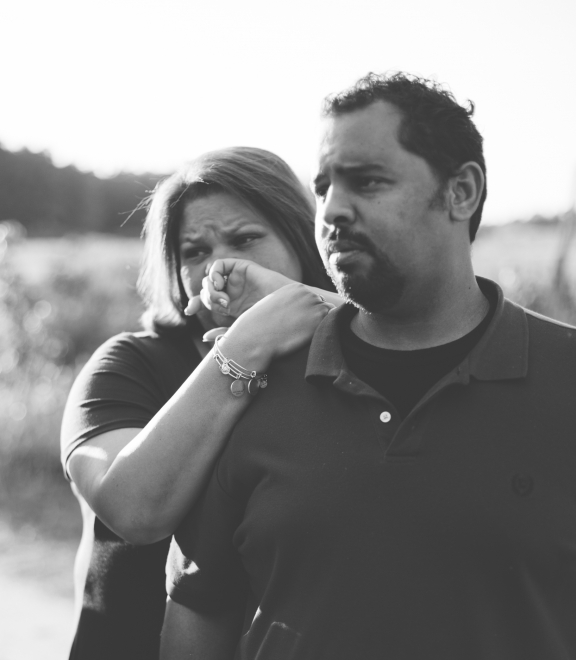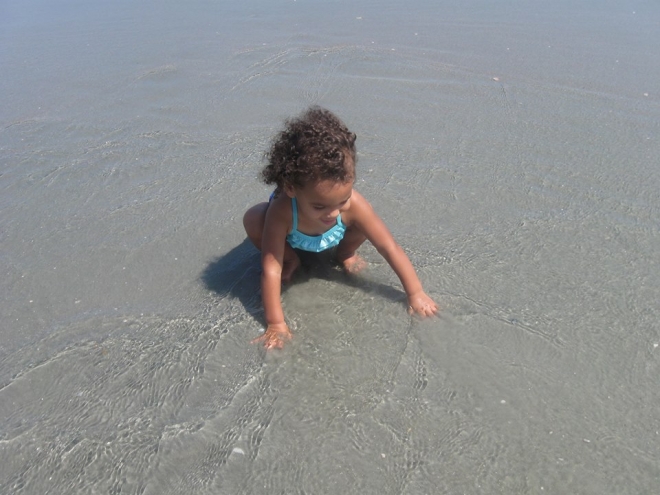The Intersection
Editor’s Note: Read the full story at PreviouslyHealthy.org, which won a Webby Award!

I was writing on my laptop when I heard it. The familiar honk from a car outside my home and this time an indignant scream from a driver: “You idiot!”
I laughed. Accidents or near accidents aren’t laughing matters really.
I laughed anyway—I knew something the driver didn’t. He thought this experience was unique to him and that the other driver was indeed an idiot.
The truth though, I knew from living near the intersection, was this happened daily and that the intersection had a blind spot and more, was one of the few that wasn’t actually a four-way stop. Time again drivers turned onto the street thinking the car approaching would stop as they had. Instead it caused a near-collision or actual collision, accompanied by a lot of anger.
The problem lay in the infrastructure, the intersection itself. From my vantage point the problem was easy to see, but what was I supposed to do about it?
When I flew down to Rowland, North Carolina, in May of 2017 to interview a family about how they lost their 16-month-old baby to type 1 diabetes, I didn’t know what I would find.
I knew that you could die from diabetic ketoacidosis (DKA) and certainly from a missed diagnosis. I read about a handful of children well-known in the diabetes community who lost their lives this way. I knew Beyond Type 1 was sending warning sign posters through the American Association of Pediatrics to each state, because increasing awareness is important. Because it saves lives. I wasn’t directly involved in this program though and was mostly covering stories of how people were managing type 1, and how they were thriving.
I imagined Reegan’s story was about uncovering malpractice and that it would have a backdrop of a small but colorful southern town. I read In Cold Blood again and traced the tone of Capote who circles characters in wide swaths and paints real landscapes in deep poetry.
I worried if people would talk to me, if they’d want to open up about what really happened. A child had died. What did that mean? Could I ask what that felt like?
As the editor at Beyond Type 1, I’d done a handful of interviews but nothing of this depth and certainly gravity. I wondered how I would get the facts right and preserve the dignity of the people sharing them with me. I worried if in the end, I would know, understand what any of it meant.
I found though that all I had to do was listen—people wanted to tell me, every detail, every moment they could recall. They were the story-makers, not me. People wanted to speak because they were angry. They wanted others to know what had happened so it wouldn’t happen again.
I found that it wasn’t just Reegan either. Another child, a nurse told me, nearly died last year from a missed diagnosis of type 1 in a hospital down the road, and a physician was misdiagnosed with type 2, and a woman in an elected position in the community had a husband with diabetes but didn’t know which kind.
In one study, I read that 24 percent are misdiagnosed before they are properly diagnosed and 41 percent of people diagnosed with type 1 diabetes are in DKA, a life-threatening condition. All because of missed warning signs. I realized that for most, a type 1 diabetes diagnosis was a surprise, a sudden change in health, and as many described it, they’d been previously healthy.
Last year, I ran more miles than I’d run in my lifetime. I drank more wine than I will admit here. I went to bed every night with Reegan’s story, thinking about how it should be written and how people might be enticed to listen. No one likes to be told what to do and to heed the warnings of every bad thing that could possibly happen, but this mattered. Knowing this could, should, would save lives.
And something else happened. Other people started reaching out, mothers, fathers, brothers, sisters and friends who had lost someone to a missed diagnosis. They wanted to tell their stories too. They wanted their loved one to be remembered. They wanted others to heed the warning signs. They wanted to save lives. And telling their story in a small way helped just a moment in their loss. Sharing their story just made sense.
It has always been a joy to read, edit and sometimes write the stories of others thriving despite this difficult disease, that until I took this job, I had little experience with. But telling the story of Reegan Oxendine and her family and their advocacy since her passing has been an honor. It in no uncertain terms has changed my life and it is my greatest hope that it will change the minds of others.
If the intersection is flawed, we better damn well do something about it.

Read Reegan’s story at PreviouslyHealthy.org.





